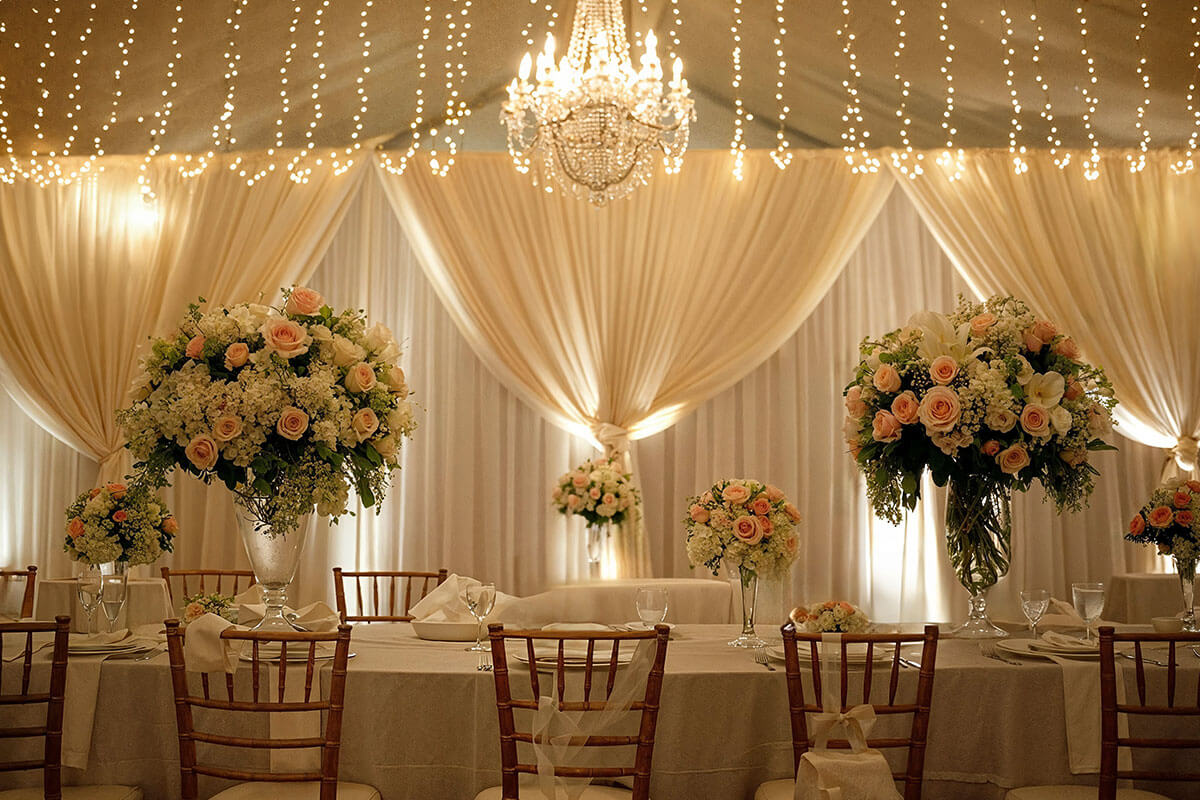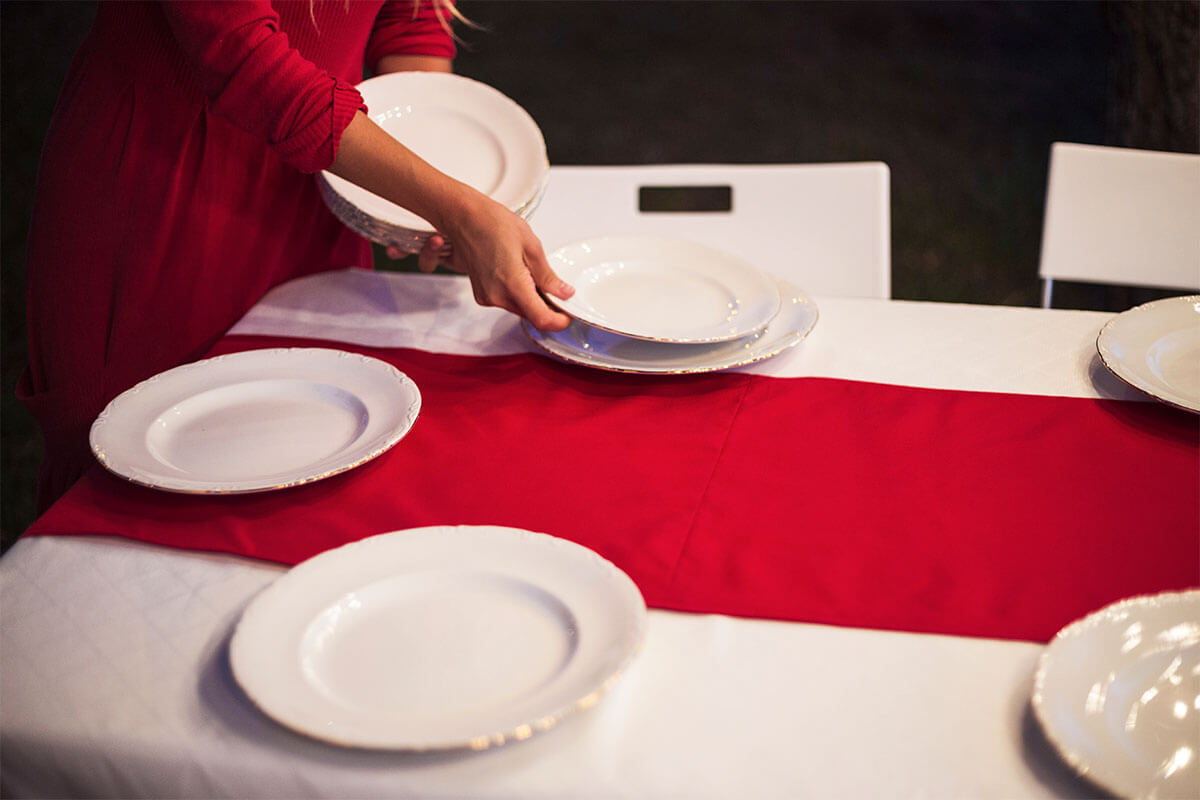
Blog
The Future of Polyester Fabric: Latest Trends in Fashion and Home Textiles

Polyester fabric has long been a staple in the textile industry, renowned for its durability, affordability, and versatility. However, as consumer preferences shift towards sustainability and innovation, the polyester textile landscape is undergoing significant transformation. This blog delves into the latest trends shaping the future of polyester fabric in both fashion and home textiles.
1. Sustainable Innovations: Recycled Polyester Takes the Lead
The growing environmental consciousness among consumers has spurred the demand for sustainable materials. Recycled polyester, often referred to as rPET, is at the forefront of this movement. Made from post-consumer plastic bottles, rPET offers the same durability and versatility as virgin polyester but with a significantly reduced environmental footprint.
Notably, initiatives like Project Re:claim in the UK are converting donated polyester textiles into new yarns, aiming to recycle thousands of tonnes of waste annually. Such projects highlight the industry’s commitment to circular fashion and the potential of recycled polyester in reducing landfill waste.
2. Technological Advancements: Smart Polyester Fabrics
The integration of technology into textiles is revolutionizing the industry. Smart polyester fabrics, embedded with sensors and conductive materials, are gaining popularity. These fabrics can monitor health metrics, adjust to environmental changes, or even charge electronic devices, offering a blend of functionality and fashion.
For instance, advancements in nanotechnology have led to the development of polyester materials with enhanced properties such as water resistance, UV protection, and antimicrobial features. These innovations cater to the growing demand for performance-oriented textiles in both apparel and home furnishings.
3. Design Trends: From Minimalism to Maximalism
In fashion, polyester cloth is embracing bold patterns and textures. Designers are moving away from minimalist designs, opting instead for vibrant prints, metallic finishes, and intricate weaves. Jacquard polyester fabrics, known for their rich textures and complex patterns, are making a comeback, adding depth and luxury to garments.
Similarly, in home textiles, polyester materials are being used to create statement pieces. From sequin tablecloths to crushed velvet upholstery, polyester is being transformed into high-end, decorative elements that enhance interior aesthetics.
4. Eco-Friendly Dyeing and Finishing Techniques
Traditional dyeing and finishing processes often involve harmful chemicals and significant water usage. However, the industry is shifting towards more sustainable practices. Eco-friendly dyeing methods, such as digital printing and waterless dyeing technologies, are being adopted to minimize environmental impact.
Moreover, brands are increasingly opting for natural dyes and finishes that reduce the reliance on synthetic chemicals, aligning with the growing consumer preference for eco-conscious products.
5. The Role of Polyester in Event and Wedding Decor
Polyester fabric continues to be a popular choice in event and wedding decor due to its versatility and cost-effectiveness. Items like polyester tablecloths, chair sashes, and drapes are staples in creating elegant and cohesive event themes. The fabric’s ability to hold vibrant colors and withstand wear and tear makes it ideal for high-traffic settings.
At Elegant Event Essentials, a leading UK supplier of event decor, polyester textiles are prominently featured in their product range. From plain polyester napkins to sequin tablecloths, the brand offers a wide array of polyester-based products that cater to various event themes and styles.
6. Challenges and Criticisms
Despite its advantages, polyester fabric faces criticism regarding its environmental impact. As a synthetic fiber derived from petroleum, virgin polyester contributes to microplastic pollution and has a high carbon footprint. Moreover, its non-biodegradable nature poses challenges in waste management.
To address these concerns, the industry is focusing on improving recycling technologies and promoting the use of recycled polyester. However, experts caution that while recycled polyester is a step in the right direction, it is not a panacea. Consumers are encouraged to consider the entire lifecycle of polyester products, including their end-of-life disposal.
7. The Future Outlook
The future of polyester fabric lies in innovation and sustainability. As the industry continues to evolve, we can expect to see:
- Increased use of recycled polyester: With advancements in recycling technologies, the reliance on virgin polyester is expected to decrease, promoting a more circular economy.
- Integration of smart technologies: The development of intelligent polyester fabrics will cater to the growing demand for multifunctional textiles in both fashion and home decor.
- Sustainable production practices: Brands will continue to adopt eco-friendly dyeing and finishing techniques, reducing the environmental impact of polyester textiles.
- Design diversification: Polyester will remain a versatile material, accommodating a wide range of design aesthetics, from minimalist to maximalist, in both fashion and home textiles.
Conclusion
Polyester fabric is undergoing a significant transformation, driven by technological advancements, sustainable practices, and evolving consumer preferences. While challenges remain, the industry’s commitment to innovation and sustainability offers a promising outlook for the future of polyester in fashion and home textiles. As consumers become more discerning, the demand for high-quality, eco-friendly polyester products will continue to shape the textile landscape.
For those seeking quality polyester textiles for events or home decor, Elegant Event Essentials offers a diverse range of products that combine style, functionality, and sustainability.
















